The city of Odessa has not remained on the sidelines of the war that Russia has unleashed against Ukraine, quite the contrary: the city overlooking the Black Sea is under constant attack with drones with which the invaders are trying to wear down the population (the latest attack was only last night). However, the inhabitants are resisting and finding strong motivation in their art and monuments as well, and they are doing what they can to protect and save their art. An art that also owes much to Italy: many Italian architects and artists in fact worked to make Odessa the city it still is today, and there is no other city in Ukraine with which the connection to our country is so strong, so much so that, last July 10, Culture Minister Alessandro Giuli announced the allocation of 45 million euros to help Ukraine rebuild Odessa’s war-damaged cultural sites. What is life like in Odessa these days? Why is art so important even and especially during the war? What are the main monuments in Odessa at risk? We talked about this with Ukrainian art historian Nataliia Chechykova, a native of Odessa. The interview is by Federico Giannini.
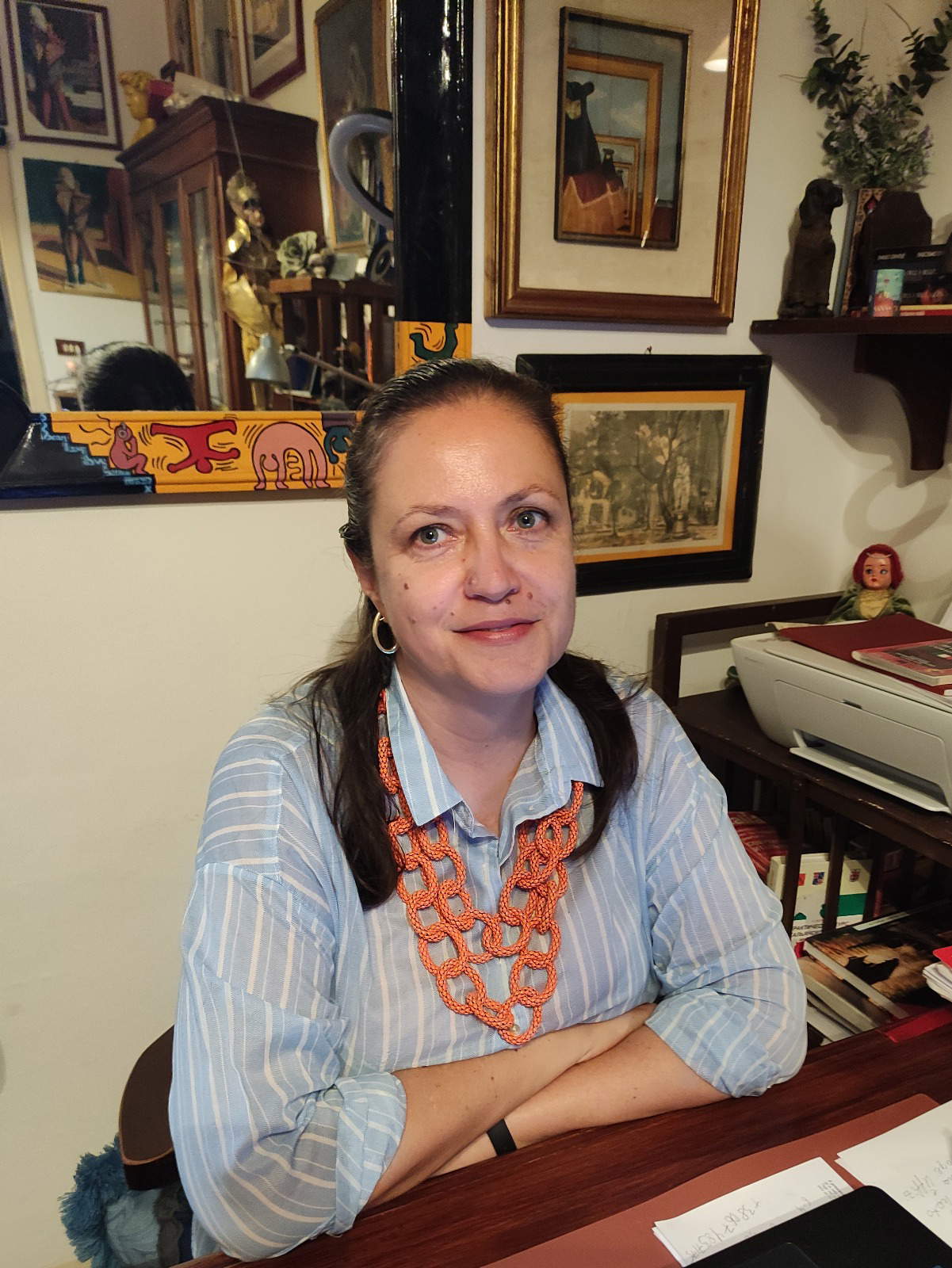
FG. I would like to start our conversation by asking you what is happening in Odessa these days, how the population has lived and continues to live through these three years of war, and how you live your days.
NC. Regarding the situation in Odessa, let’s say that unfortunately people get used to everything. They also get used to surviving, to going on, despite the sleepless nights and the blows that the city suffers. Yet, despite everything people do not lose heart and go on. This is the situation. Of course, it is difficult because the sleepless nights and the daily problems (as everyone knows, the city’s nerve centers are being hit, the power stations, there is a lack of water) are part of a strategy designed specifically to wear us down, to make people despair and fight back, but people are holding on. Despite all the problems, you go on and life goes on: schools are working, offices are working, everyone is working despite sleepless nights. I have experienced this situation on my own skin, not as drastically as it was at the beginning of the war, but I have heard the alarms, the drones flying and making us all nervous. People have gotten used to that as well, and it’s bad to say that, because these are things you shouldn’t get used to.
How is the community of scholars, art historians, critics, art in general in Odessa, working these days?
One continues to work despite the current situation. I for one am working closely with the Museum of Oriental and Western Art in Odessa, which has evacuated the works anyway: a large part of the collection, more than 70 paintings, have been brought to safety in Germany, where they are currently on display. And for the rest, the community works. Lessons are given and, as much as they can, they try to organize exhibitions to keep the population’s spirits up. In fact, the population goes to museums very willingly because they miss the thriving cultural life of Odessa. There are limitations, you cannot do everything, in case of an alarm you have to be ready to go to the shelters. However, life goes on, despite everything we do not stop anything.
So I understand that art has become for you in Odessa, but perhaps also in Ukraine in general, if you will allow me, a moment that keeps the community united, something with which everyone can remember who they are during the war.
That’s right. It’s sad to see the museum bare of all its gems-it makes one feel strange. But yet there are exhibitions of contemporary painters, contemporary artists. Life goes on, there are not the most famous works, but life goes on. And the museum is open.
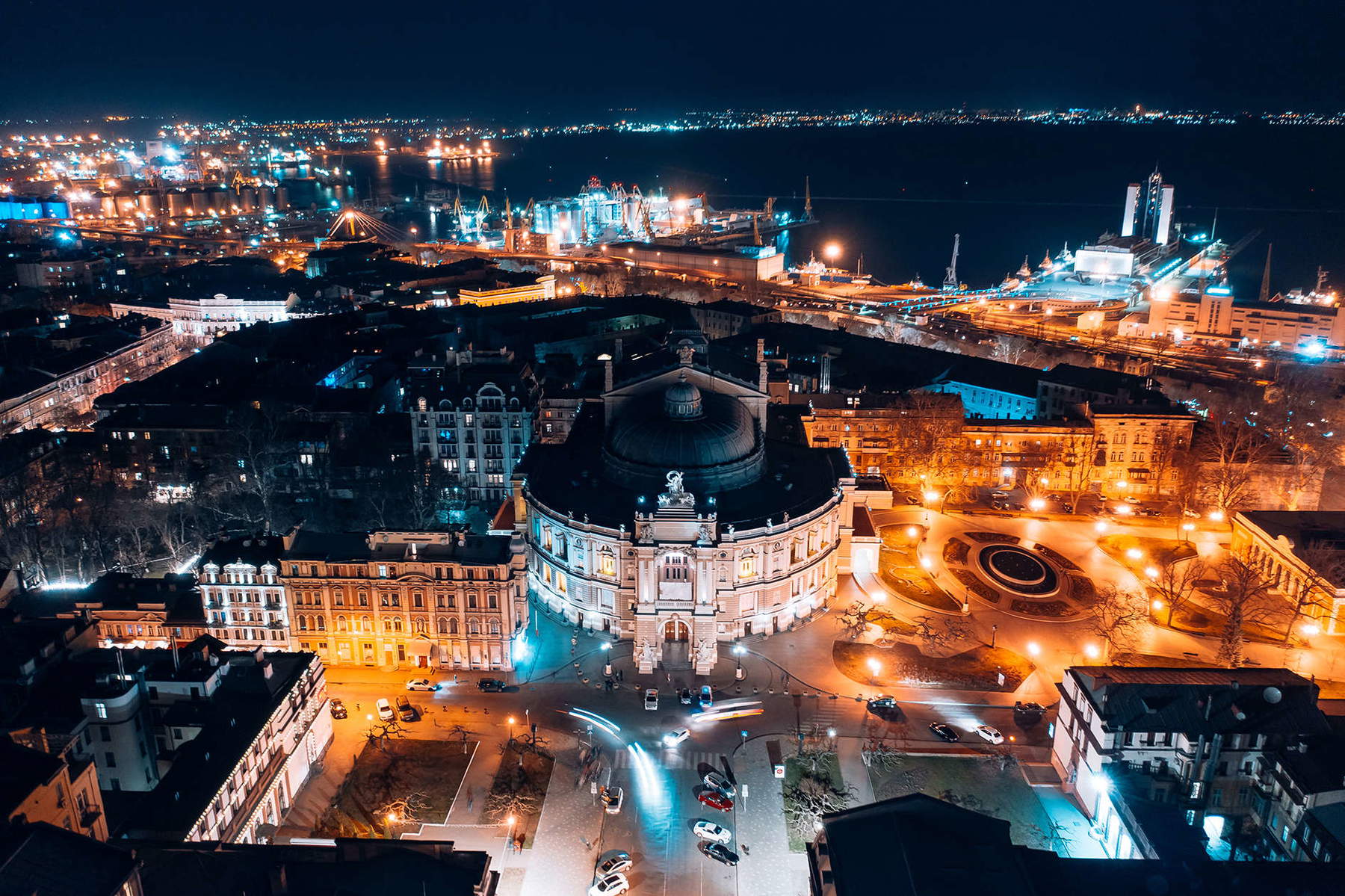
What damage did Odessa’s historical and artistic heritage suffer during the war?
I do not know the exact figures however it suffered a lot. Apart from the buildings in the historic center of Odessa that were damaged (broken glass, blown-out fixtures, destroyed roofs), talking about the cultural heritage and gems of Odessa, such as the Cathedral of the Transfiguration, the Philharmonic Hall, the Museum of Fine Arts, well, all the structures are still standing, they are not totally destroyed, however, they suffered great damage. Fortunately, the Lyric Theater is safe, which was not damaged in any way. The main monuments in the city have also been protected with sandbags.
In order to understand what we are in danger of losing or seeing damaged, I think it is interesting to recount the history, characteristics and importance of these buildings for the city of Odessa, where, moreover, many Italian architects have also worked. Starting precisely with the Cathedral of the Transfiguration, which was severely damaged in July 2023 (and Italy from the very beginning offered to do the renovation work precisely because of the ties between the city of Odessa and our country).
It is a building that was practically born together with the city of Odessa. Odessa was founded in 1794, and in the same year the city fathers chose the place to build the first church (work began in 1795). The first project was by engineer Vonrezant, but as early as 1804 work was being managed by an Italian architect, Francesco Frappoli, until 1809. In 1809, May 25, the church was consecrated and was named “of the Transfiguration.” Francesco’s brother, Giovanni Frappoli, carried out the design of the bell tower, which was built in 1837: it was the highest point in the city for many years, a kind of landmark for ships arriving in Odessa harbor. During the nineteenth century the church became a cathedral, and in the following decades it underwent further renovations and extensions: the last works were carried out in 1903. The Cathedral began as a neoclassical building, but during the nineteenth century, undergoing modifications and extensions, it was enriched with many eclectic elements. And it was striking in its magnificence, both outside and inside. The first thing that displaced, upon entering the temple, was the abundance of light and space, an impressive thing. That’s what they tried to reconstruct even in the early 21st century, because in 1936 the cathedral was torn down by the Soviets and then it was rebuilt. Destroying it was very difficult because the blocks that built the walls were held together by mortar with egg yolk added to make them stronger, so to demolish this huge building the Soviets decided to blow up the bell tower so that it would fall on the cathedral and destroy it. These are the testimonies of people who were present at the destruction (or “at the cathedral’s funeral,” as the witnesses of the time wrote). Then in 1999 the decision was made to restore this building so important to the city. The Black Sea Orthodox Foundation was established, exclusively thanks to donations from Odessa residents, visitors, and emigrants, donations aimed precisely at reviving this pearl of our city. It was a long and very hard work that went on from 1999 to 2010, when the cathedral was consecrated again. A very interesting fact is that this important place also saw the burial of the governor of Odessa, Mikhail Vorontsov, who ruled the city from 1823 to 1844: he was buried together with his wife, and after the destruction of the cathedral the sarcophagi were opened, robbed, their remains scattered. Then, thanks only to the inhabitants who had saved them, they were given a worthy burial for what could be done. At the time of the reconstruction of the cathedral, the Vorontsov couple were given a new burial in 2005 and returned to the place where they were originally buried. Incidentally, it is an interesting fact that a woman was also buried in the church, because here this honor was reserved only for members of the imperial family. It is an important site then, a place that is practically the same age as the city, a beating heart in every sense. Even though the Soviets tried to eradicate this spiritual memory of the city of Odessa (I, for example, remember that when I was a little girl, there were merry-go-rounds in that place, there was nothing, everything was paved, there were flower beds, flowers, trees planted to erase the existence of this cathedral), this was not possible. I also saw with my own eyes, when the reconstruction work began, that the excavations brought to the surface the foundations of the ancient Cathedral, a very important site not only for the worshippers, but in general for all the people of Odessa.
Let’s talk instead about the Philharmonic Hall, which is also an important landmark.
The Philharmonic Hall came into being as a new mercantile exchange, replacing the old exchange on Primorsky Avenue, the current site of Odessa City Hall. The city was growing, developing very quickly, so there was a need to have a proper place to proceed with mercantile operations. The railroad had been built, the port was expanding, trade was increasing, so there was a need to have a proper facility. So it was planned to pursue this project for the centennial of Odessa’s founding in 1894. The project was announced with a competition in which more than 30 architects participated. Unfortunately, not all of the original plans have survived to the present day, but it is known that a Viennese architect, Prohaska, won in this competition. However, the construction was directed by an architect of Ticino origin, Alessandro Bernardazzi, who reworked Prohaska’s design and carried it on for five years until the stock exchange was inaugurated in 1899. A magnificent palace: the monument that inspired him most was the Doge’s Palace in Venice. It was a beautiful, neo-Renaissance work, with huge three-mullioned windows, built with the avant-garde material of the time (Alessandro Bernardazzi used very innovative materials), with concrete mixed with bricks, which was new for Odessa because until then all the buildings in the city were built of limestone. And then the new stock exchange was also one of the first buildings where, for example, electricity was used. Then a lot of Italian craftsmen worked here, in the decorations of this palace, for example, the sculptor Leopoldo Menzione, and another important sculptor of the time, Boris Eduards, worked in this building to make the decorations that were used to embellish the palace. It was a gem, in every sense of the word. The building later became the home of the Philharmonic only after the war, in 1946. By the 1920s, however, it had already become a meeting place for major events, for example, concerts, conferences, performances by the important artists. For example, one of the last performances was done by Vladimir Majakovsky, a man of letters who as is known belongs to Soviet culture. It is another gem, a symbolic place that cannot be forgotten.
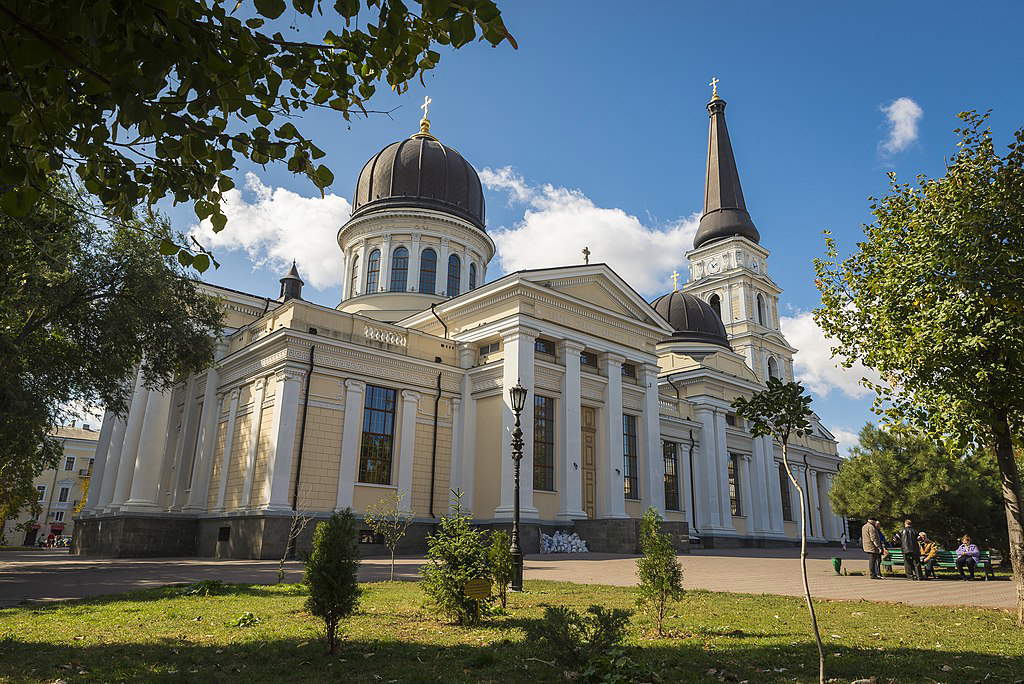
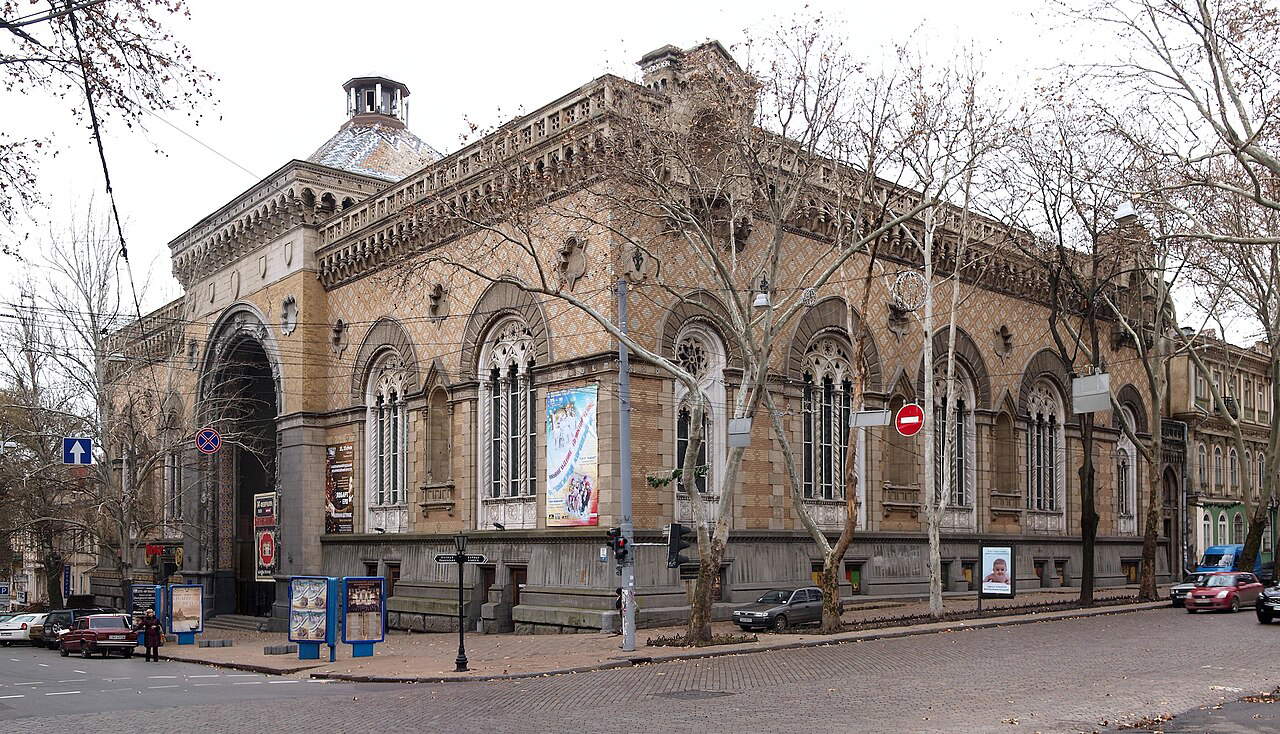
I would say that it is the whole historic center of Odessa that is a gem, so much so that in 2023 UNESCO included it in the World Heritage Sites, precisely also because of that eclecticism that is the main characteristic of the heart of the city.
An eclecticism that is precisely a fabric made of various threads: Italians, French, Germans, of many nationalities. Odessa is a cosmopolitan city: everyone who was looking for a new life, for a future full of hope, came here and could fulfill themselves. Everyone brought a pinch of their homeland and their soul, the soul of their people, and all this is incorporated in Odessa in various ways. Now we are talking about architecture, but we can also talk about so much more: the art here is in the air you breathe, in the cuisine, in everything. And there has always been a lot of Italy in Odessa. Suffice it to say that in the 19th century the signs in the city were in two languages: one in Russian and the other in Italian. There remain, for example, buildings where in front of the front door, on the marble, you can still read the inscription “Salve.” A curious fact.
And then Odessa is a city of museums, starting with the Museum of Fine Arts, which is one of the city’s historic museum facilities.
It is one of the oldest museums in the city although, of course, the term “ancient” has to be put in relation to the history of Odessa, because considering world history it is a very young museum, born in 1899. And it is a museum that retains the Italian imprint of Ticino architect Francesco Boffo, whose most famous monument is the famous Pot’omkin staircase. Boffo supervised the construction of this building, originally Potocki Palace, which was finally finished in 1829. Boffo began his career as the architect of the Potocki counts, a Polish noble family who, after the dissolution of Poland in the late 18th century, settled permanently in the Russian Empire in Odessa and had this palace built. The commissioner, Count Seweryn Potocki, did not see it finished, but later inherited it from his granddaughter Olga, who married an important representative of the Russian nobility, Lev Narjškin, and for some time the building was called the Potocki-Narjškin Palace. It is a neoclassical palace, a typical aristocratic mansion with a two-story central part, with a six-column portico of Corinthian order, equipped with very fine finishes. Inside, the special feature of the palace is its cave with recreated stalactites and stalagmites, a fantastic place that now, however, serves as an air raid shelter (this is unfortunately the reality of today’s days). The palace was later acquired by the mayor of Odessa, Grigorios Maraslis, of Greek descent. It was he who sold the palace in 1882 to the Odessa Society of Fine Arts. It took seven years to create the collection and eventually the palace was opened as a museum on November 6, 1899. Of 2021 it became the National Museum where the works of Russian and Ukrainian artists were concentrated, while the foreign art that had previously been part of the collection was moved to the present Museum of Western and Oriental Art (which began as a picture gallery of ancient painting in 1924). This is precisely the peculiarity of this museum: the works of Russian and Ukrainian artists are separated from the works of foreign artists, something that does not exist in Italy.
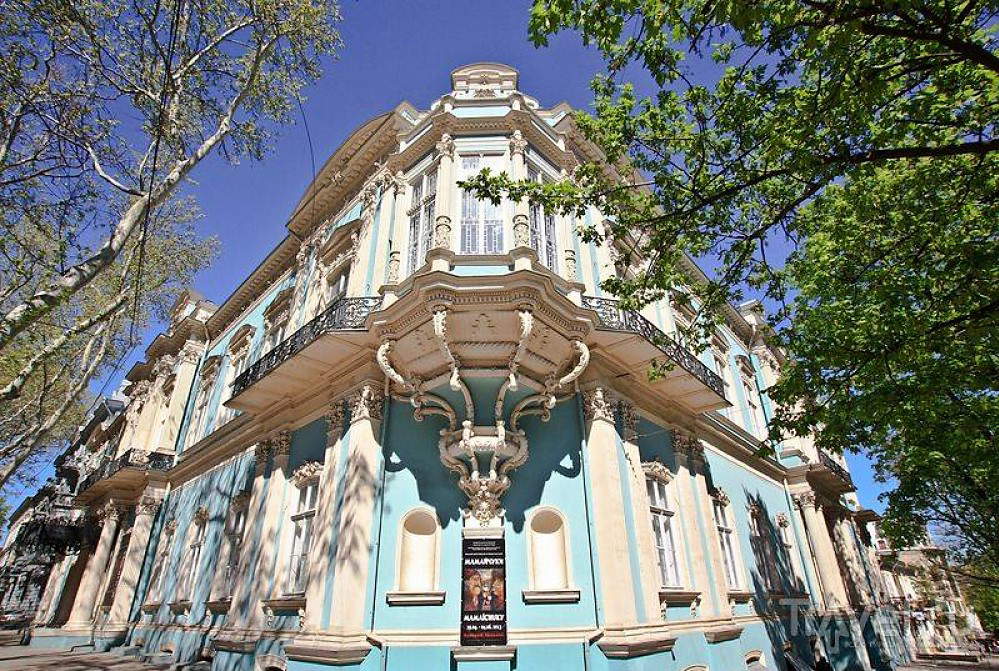
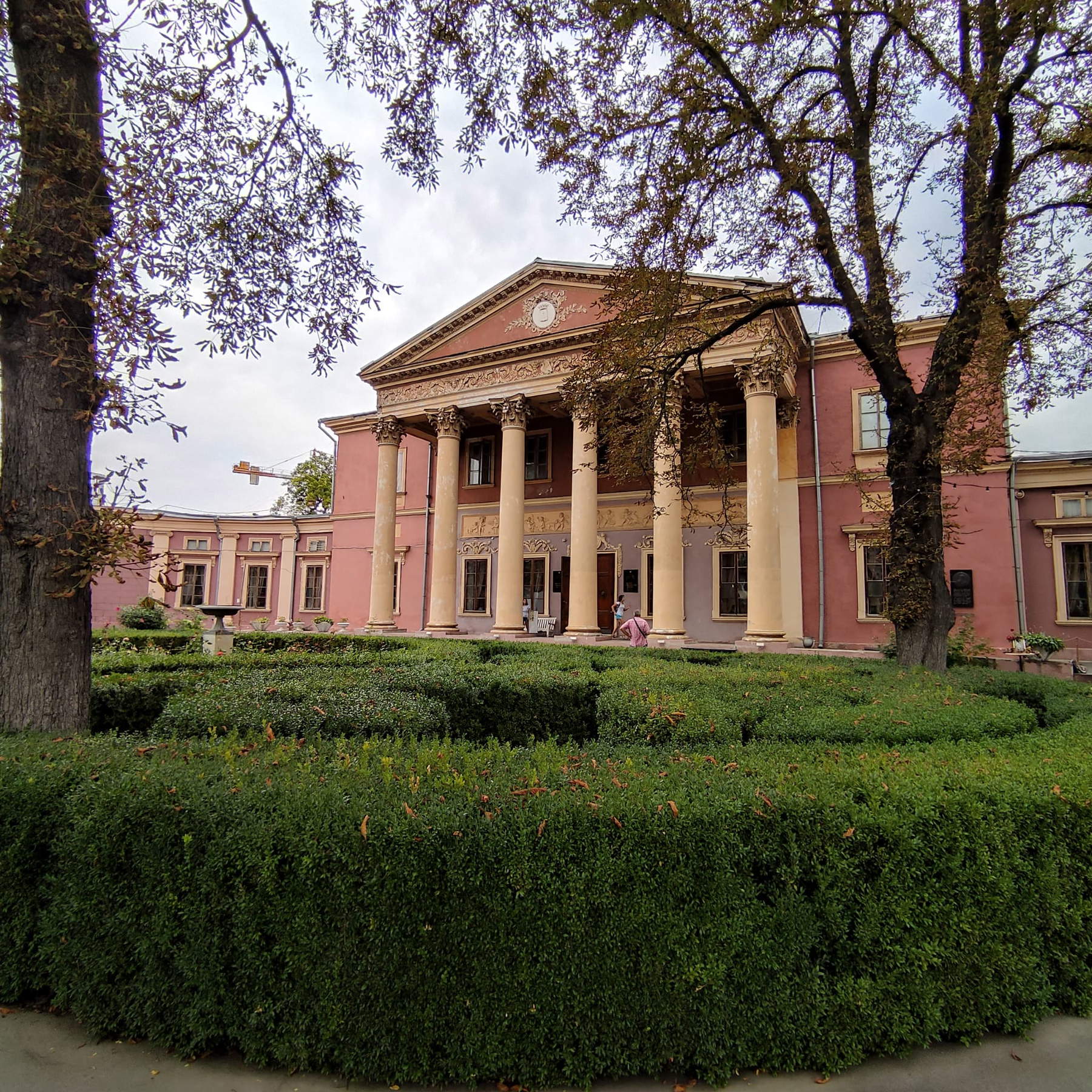
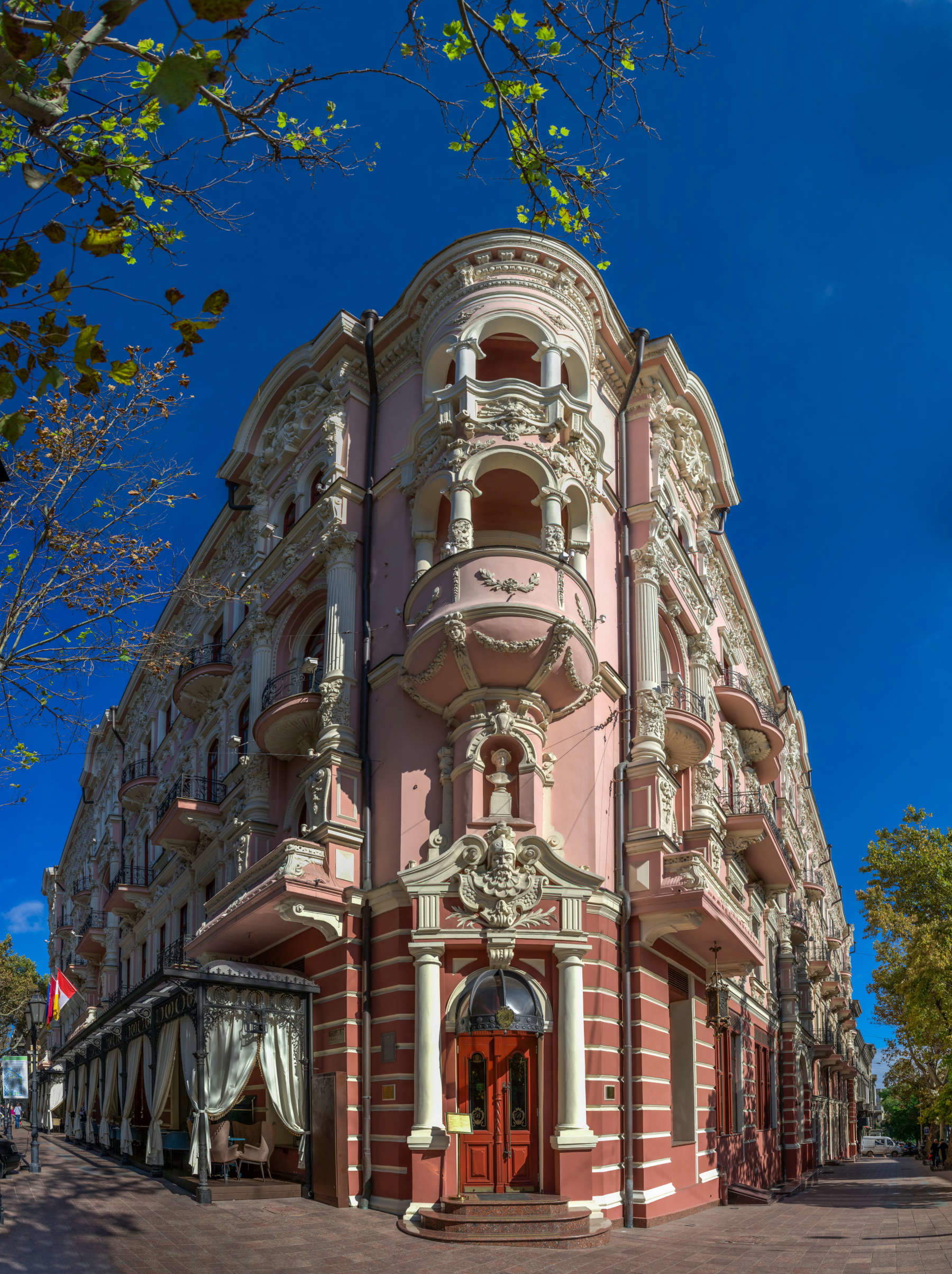
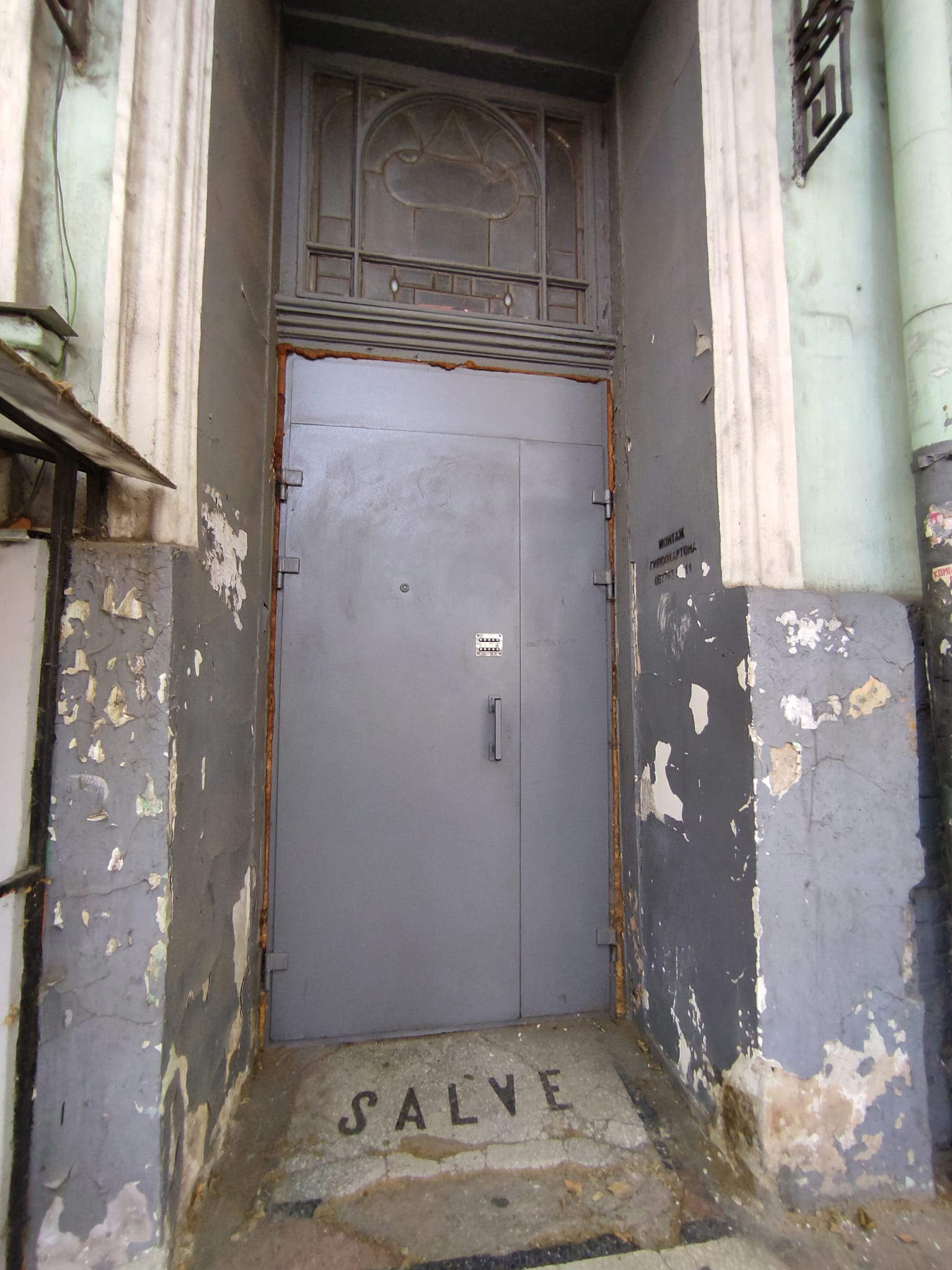
Precisely because of the historical connection that Italy has with Odessa, our Ministry of Culture has decided to make available to the authorities of Ukraine a sum of 45 million euros to renovate a number of important cultural places, and there are also several museums in these places that will be reconstructed. How do you, as a Ukrainian, comment on this intervention of Italy in favor of your country?
I think it is a fundamental thing. Who better than Italy can do it? No one. Because Italian architects have done so much to bring Odessa to life, to make it the way it is. Now of course it has undergone and is undergoing this black period in its history, but the support of Europe and Italy in particular is essential to revive it, to give it a second life, to give it another new impulse, a 21st century impulse. It would be very important to get this support, because Odessa was made by Italians, it was born thanks to Italians. Who better than Italians can help us preserve its originality? I also say this as an art historian: my specialization has always been the relationship between Odessa and Italy. In 1994, in my dissertation, I addressed this topic, the contribution of Italian artists in Odessa, particularly architects and engineers, how they affected the birth of the city. And, as far as I’m concerned, I think this background is very important even today to pursue my research and my desire to help my city and my country in this regard.
One last question: I would like to know if there are already collaborations or even just exchanges between Ukrainian scholars and Italian scholars, between the Ukrainian art history community and the Italian community.
Yes, there are collaborations: as far as I am concerned I can talk about a subject that is very dear to me, the Capture of Christ from the Museum of Western and Oriental Art. It is a painting that I have been following for some time and is the subject of a lawsuit that is still ongoing (it has been under seizure for a very long time). This year, however, it will all go under the statute of limitations and the capture can be released. I have had a lot of help on this work from my former professor, my lecturer, Francesca Cappelletti, the current director of the Borghese Gallery. We are doing everything to be able to save this painting by taking it abroad. It is now in Ukraine, and although it is safe at the moment you never know what may happen tomorrow. It is no coincidence that the museum in Odessa, as we said, took the most important, most valuable works away to Germany. We could also do the same with the Capture of Christ, bring the painting to Italy as well, and deepen the aspects related to the study of this canvas. The collaboration is there, the support is there, we plan to go ahead, and we are sure that we will go on working together with Italian scholars for a long time.
Warning: the translation into English of the original Italian article was created using automatic tools. We undertake to review all articles, but we do not guarantee the total absence of inaccuracies in the translation due to the program. You can find the original by clicking on the ITA button. If you find any mistake,please contact us.